January 11, 2017
The Advantages of Underplanting
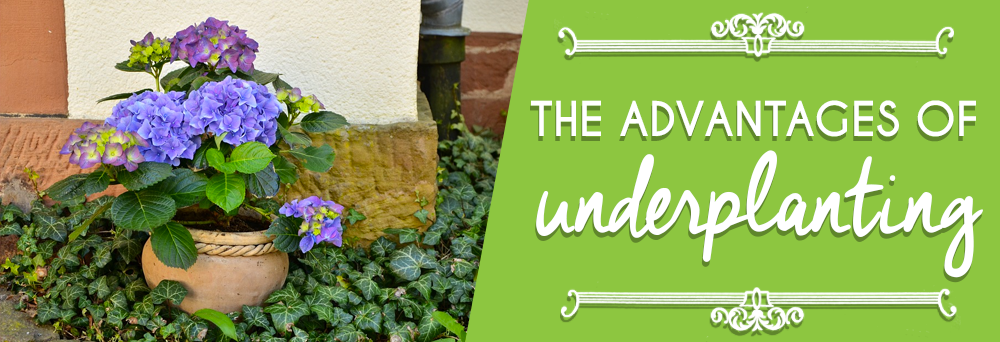
What is underplanting and what are its general benefits?
Underplanting is a gardening technique where smaller plants are cultivated beneath larger ones. This method enhances the natural beauty of a garden, creating an environment similar to a forest where shade-loving plants flourish under the canopies of bigger trees. Benefits include a more natural appearance, diverse plant options, and a healthy ecological balance where plants can nourish each other.
How does underplanting contribute to a more natural-looking garden?
Underplanting contributes to a more natural-looking garden by mimicking the layered growth found in forests. In nature, smaller plants grow under larger ones, benefiting from the shade and protection they provide. In a garden setting, underplanting involves choosing a variety of plants like grass, moss, ferns, and flowering shrubs that thrive in the shade of established trees. This creates a multi-layered, lush appearance that feels more like a natural landscape than a manicured lawn.
What are the considerations when selecting plants for underplanting?
When selecting plants for underplanting, it’s crucial to consider the local climate, soil quality, light, moisture conditions, and frost zone. Ideal plants are those that don't compete aggressively for resources and are 'communal' in nature, supporting each other’s growth. Perennials that are adaptable and root-tolerant, such as Epimedium and Hydrangeas, are great choices. Woodland plants like azaleas, yew, impatiens, pansies, and hollies are also suitable due to their shade tolerance.
How does underplanting simplify garden maintenance?
Underplanting simplifies garden maintenance by reducing the need for extensive care required by individual trees and plants in open lawns. Shade-tolerant perennials typically require less pruning, fertilizing, and weeding. Although some maintenance like mulching and periodic pruning is necessary, it's generally less demanding than caring for separated topiaries, bushes, and shrubs. This results in a garden that's easier to maintain while still appearing lush and full.
Is underplanting more cost-effective compared to traditional gardening methods?
Yes, underplanting is more cost-effective compared to traditional gardening. It involves fewer gardening activities, materials, and expenses, as the plants are largely left to grow naturally. The dense growth under bigger trees creates a self-sustaining environment where plants like mossy ground covers and hardy annuals thrive with minimal intervention. Additionally, underplanting provides natural shade, reducing the need for man-made structures like garden umbrellas, further lowering gardening costs.
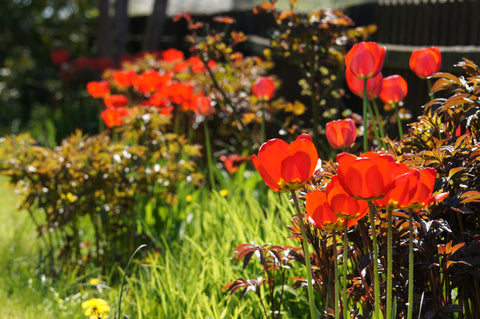
There are many shade-loving plants to choose from.
Many kinds of perennials can thrive in most states, though it’s best to research first on your frost zone, soil quality, light and moisture conditions, and the available plants that are ideal for underplanting in your area. A lot of plants are “communal” - they nourish each other with their proximity, and reach their full potential by growing together. However, care must be taken to select plants that will not compete with each other for moisture and nourishment.
When deciding on the family of plants you want to grow, consider all-season ones for easier maintenance. Highly adaptable plants are root tolerant, like the colorful Epimedium which hardly stops blossoming through the seasons. Hydrangeas are gorgeous flowering plants by themselves, so if you want the look of an English garden, consider planting leafy shrubs like hosta plants beneath and around them. Many woodland plants are shade-tolerant and therefore ideal for underplanting like azaleas, yew, impatiens, pansies, and hollies.
Maintenance is easier.
Speaking of upkeep, maintaining an underplanted garden is much easier compared to caring for individual trees and plants in an open lawn or landscaping. Topiaries, bushes, shrubs, and other plants that are spaced apart require trimming, pruning, fertilizing, weeding, mulching, leaf-blowing, and other exhausting gardening activities that take time, effort, money, and patience for them to look consistently presentable.
With underplanting, perennials and other shade-tolerant plants do not need all the abovementioned treatment all the time. Many are fast-growing and can cover bare ground in a small amount of time, with minimal supervision. This doesn’t mean that you should end up with a tangle of undergrowth, though. Mulching is a must to keep moisture and nutrients in the soil and roots where they are needed most. This is especially important for underplanting because the soil beneath trees tend to be dry. Leafy and twiggy plants need regular pruning while being allowed to reach their full height.
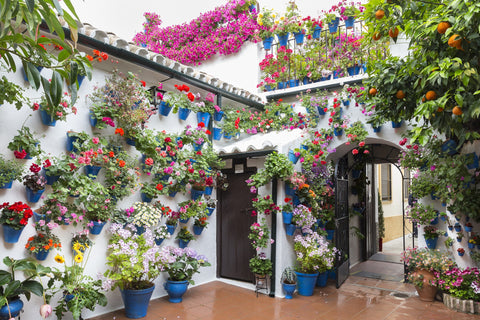
It is less expensive than traditional “open” gardening.
Because the plants are left more or less to their own devices, there are fewer activities, materials, and expenses involved in underplanting. It’s not uncommon to find lush vegetation underneath bigger trees and plants. Mossy ground covers thrive in shade, while hardy yet colorful annual plants like pansies are tough enough to withstand most conditions without compromising their color and texture.
Since the plants are taking full advantage of the shade provided by bigger trees in your garden, so can you - for free. You won’t have to invest in man-made canopies or garden umbrellas to have a picnic in the grass, surrounded by the scent of blooms and dappled by filtered sunlight. Underplanting allows you to have an enchanting wonderland as nature intended it to be right in your own garden.

Also in Rubber Mulch Blog

Embracing Eco-Friendliness by Choosing Rubber Mulch for Your Playground
June 17, 2025
“Reuse, Recycle, and Reduce” are three main aims when it comes to preserving the health of our planet. Rubber mulch definitely falls within their scope. Conserving resources, energy efficiency, and better health for kids are all rubber mulch benefits.
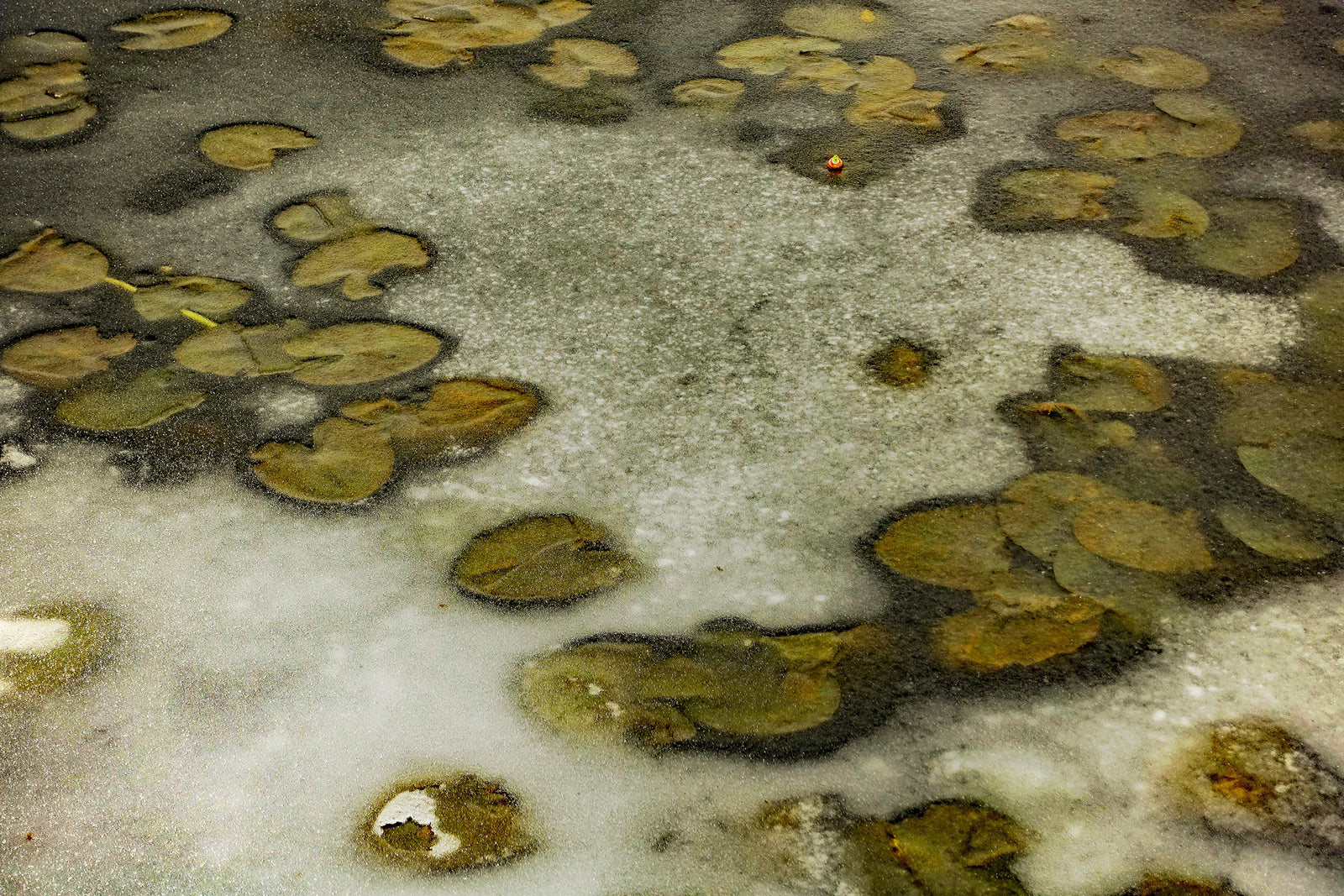
Effective Mold and Fungi Prevention: The Hidden Value of Rubber Mulch
October 31, 2024
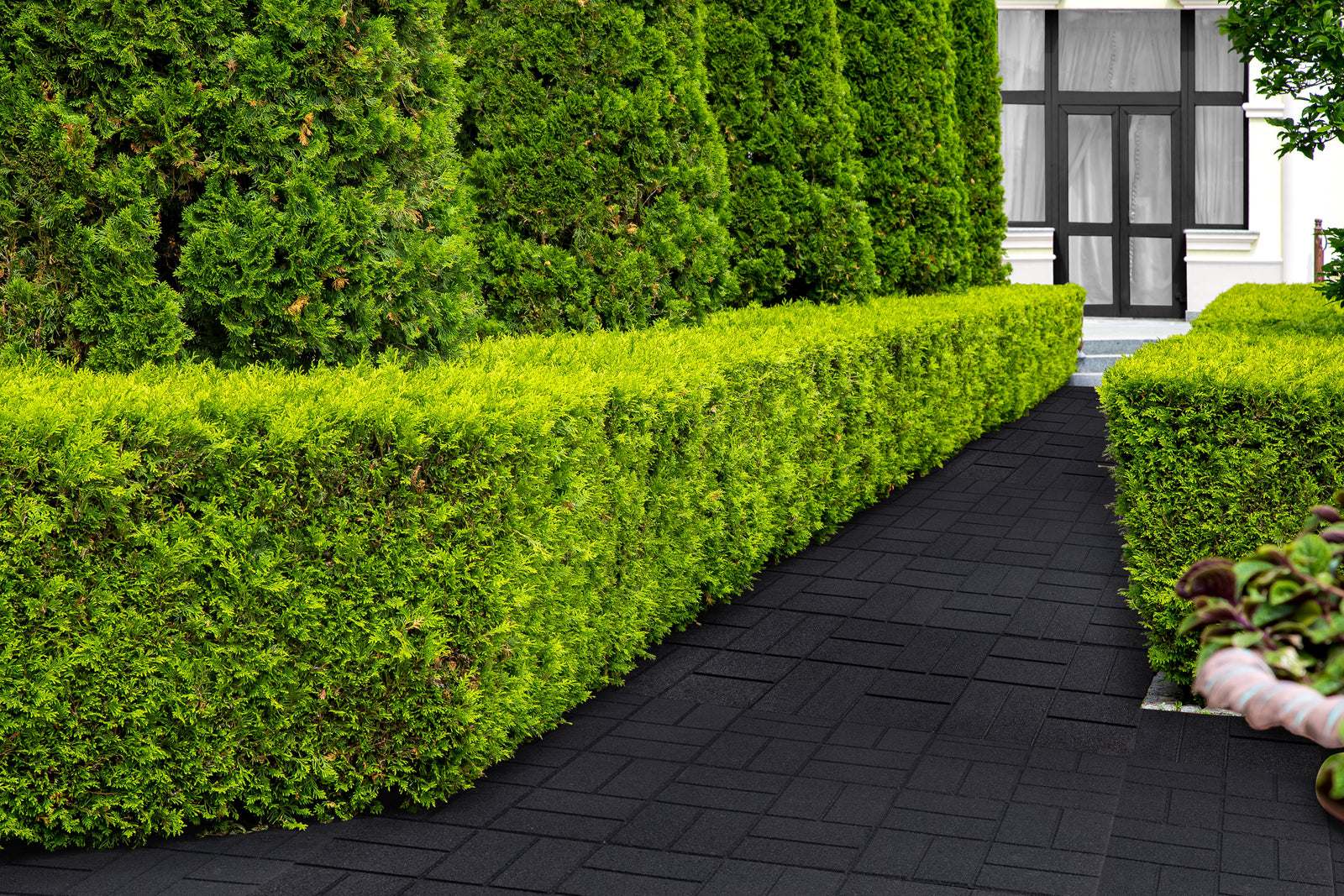
Create Your Own Sensory Path with Rubber Pavers
October 28, 2024
shop
Copyright © 2025 RubberMulch.com - All Rights Reserved.






